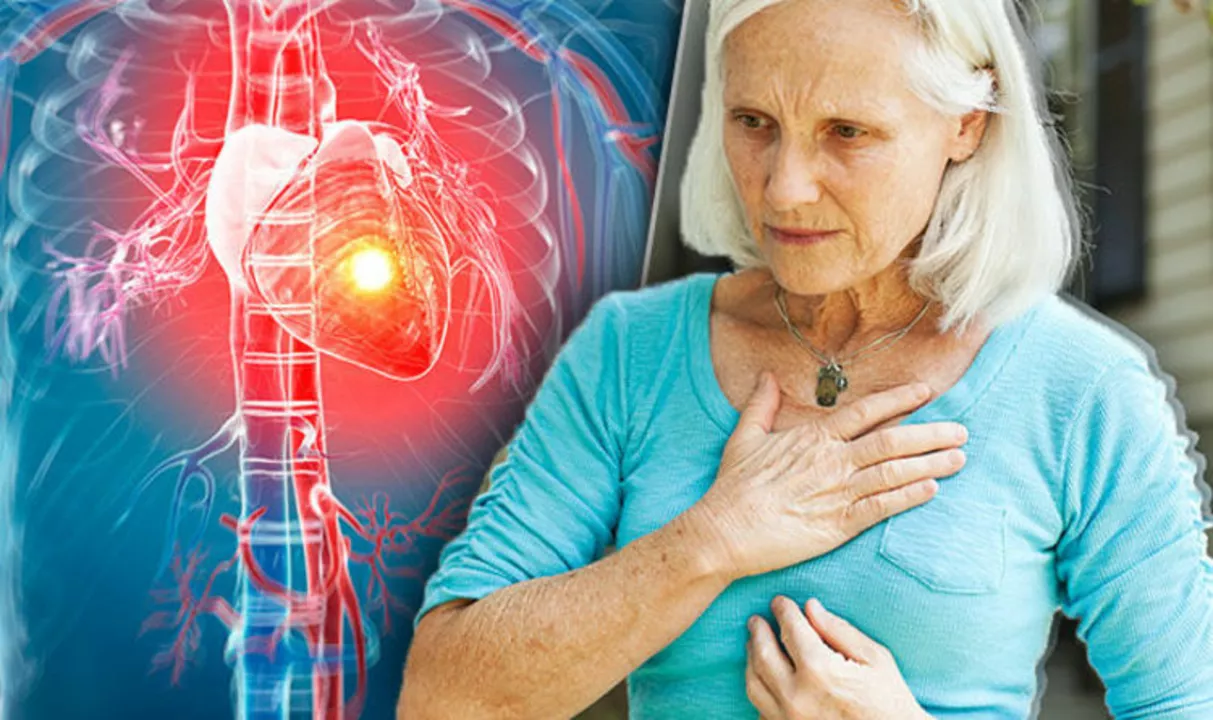Immediate Medical Attention: Recognize Urgent Signs and Act Fast
Some symptoms mean you need help right now. Knowing which ones are true emergencies can save time and lives. This page lists clear red flags and simple steps you can take while waiting for professional care.
Recognize the red flags
Call emergency services immediately if someone has any of these: sudden chest pain or pressure, difficulty breathing or shortness of breath that won't stop, sudden numbness or weakness on one side of the body, sudden severe headache unlike any before, sudden confusion or trouble speaking, sudden loss of vision, fainting or loss of consciousness, or uncontrollable bleeding. These signs often mean a heart attack, stroke, severe allergic reaction, or other life‑threatening problems.
Other urgent signs: high fever in a baby under 3 months, severe burns, broken bones that poke through the skin, a seizure that lasts more than 5 minutes or repeated seizures, signs of poisoning (vomiting, drowsiness, strange breath, or swallowed chemicals), and suicidal thoughts or behaviors. If you’re unsure, err on the side of getting help.
What to do right away
Stay calm and call the local emergency number (911 in the U.S.). Tell the dispatcher the exact location, the person’s age, what happened, and the main symptoms. Follow dispatcher instructions — they may tell you to start CPR, stop bleeding, or move the person to safety.
While waiting for help: for heavy bleeding, press firm, steady pressure on the wound with a clean cloth. If someone is choking and cannot breathe, perform the Heimlich maneuver if you know it. For suspected stroke, note the time symptoms started — that timing matters for treatments. If anaphylaxis (severe allergic reaction) is suspected and an epinephrine auto‑injector is available, use it right away and then call emergency services.
Avoid giving anything by mouth to someone who is unconscious or who has trouble swallowing. Don’t move someone with suspected neck or spine injury unless there’s immediate danger. If you must move them, keep the head and neck aligned with the spine.
Not every urgent issue needs the ER. For non‑life‑threatening but concerning symptoms — like high fever in older children, moderate asthma flare that improves with inhaler, or a deep cut that’s not bleeding heavily — contact urgent care or call your doctor for advice. If in doubt, call your health provider or emergency services and describe the situation.
Quick, calm action makes a difference. Knowing a few basic first‑aid steps and when to call for help helps you protect the people you care about. For more on specific problems (severe vomiting, antibiotic toxicity, breathing issues, or allergic reactions) see our related guides and individual articles linked on this site.
In my latest blog post, I discuss the importance of recognizing warning signs of chest pain and when to seek immediate medical attention. I cover various symptoms such as severe pain, shortness of breath, and radiating pain in the arms, neck, or jaw. I also emphasize the importance of paying attention to accompanying symptoms like nausea, lightheadedness, or cold sweats. Additionally, I highlight that if you are unsure or have a history of heart issues, it is always safer to consult a medical professional. Remember, acting quickly can potentially save your life or the life of a loved one.
